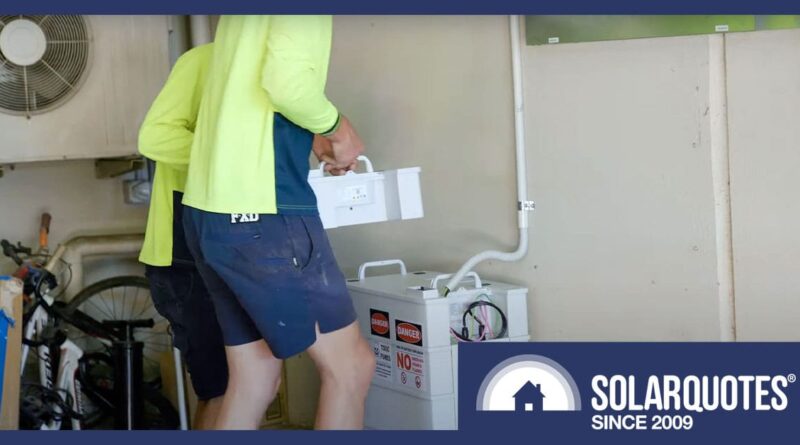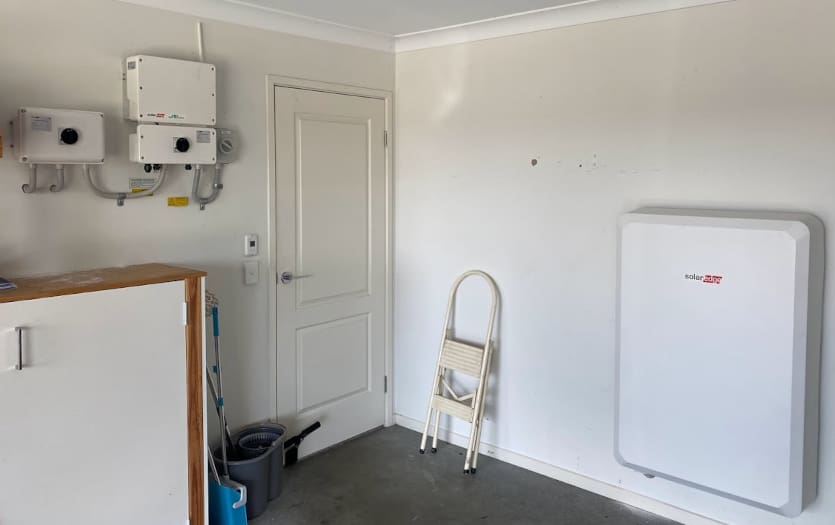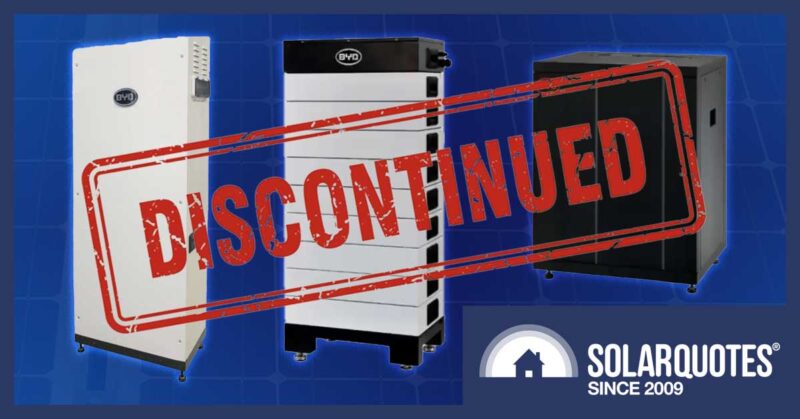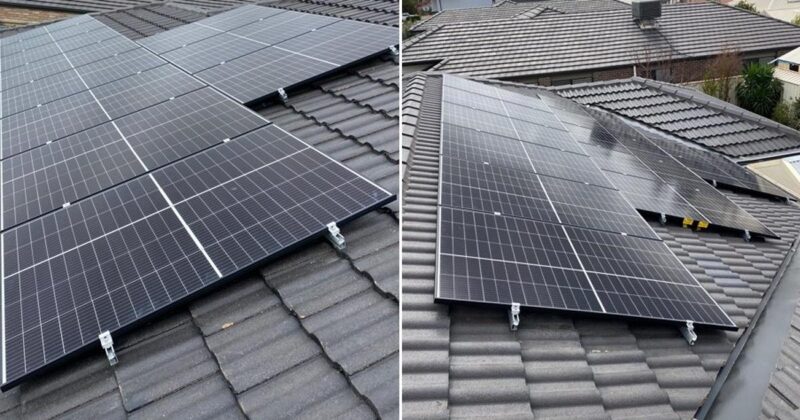Modular Home Batteries Explained: All The Benefits & Key Considerations
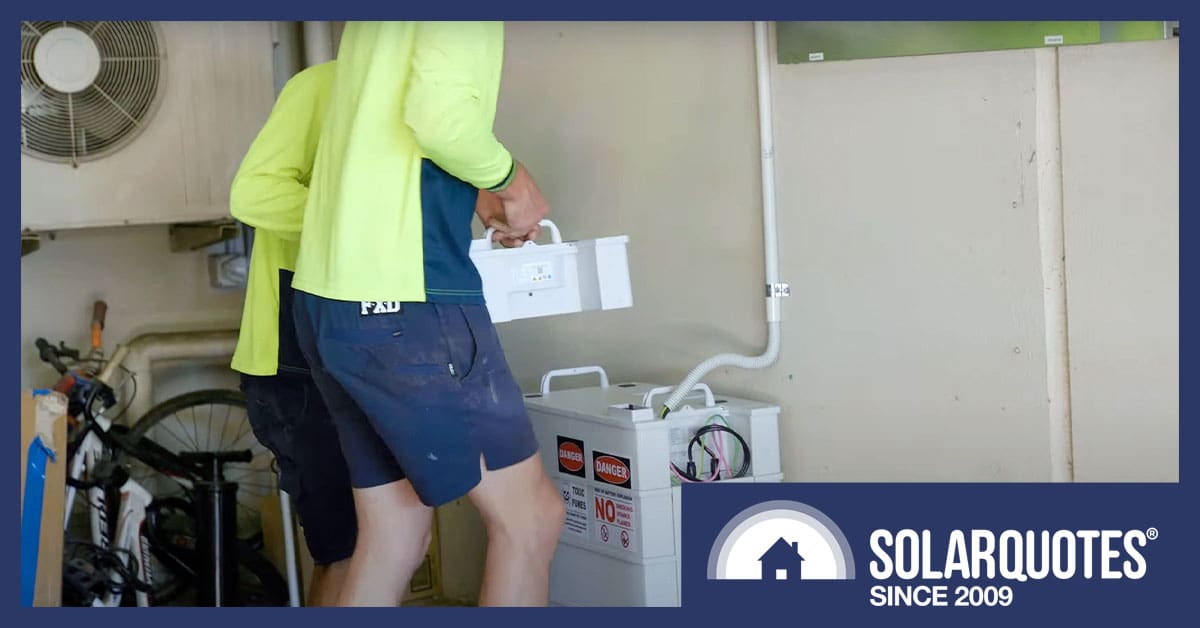
The Tesla Powerwall is renowned for being a shiny white slab of energy storage, but what if you’re willing to sacrifice some style for modularity? Are modular home batteries a better choice?
At SolarQuotes we’re sometimes accused of Tesla bias, but “Powerwall” has become a generic term for solar batteries. Our installers recommend them because they just work, so there’s no escaping the fact we have to measure everything else against them.
The monitoring app is great, the control software is good, backup capacity is robust. By having a single product offering, they’re also marketing a beautifully simple choice for you to make. Buy a Powerwall for 12 grand + installation, or not.
The Advantages of Going Modular
The only problem with Powerwall is if you need more storage, you have to add a second 13.5 kWh Powerwall or nothing. In contrast, modular battery systems present a practical alternative, offering flexibility and scalability that large, monolithic batteries can’t match.
Understanding Battery Types
Batteries come in various shapes and sizes, each with unique advantages. For this article, we can classify them into two categories: large single-unit systems and smaller modular units. Modular batteries, in particular, allow for incremental additions — a perfect solution for those who want to expand their system based on changing needs or budgets.
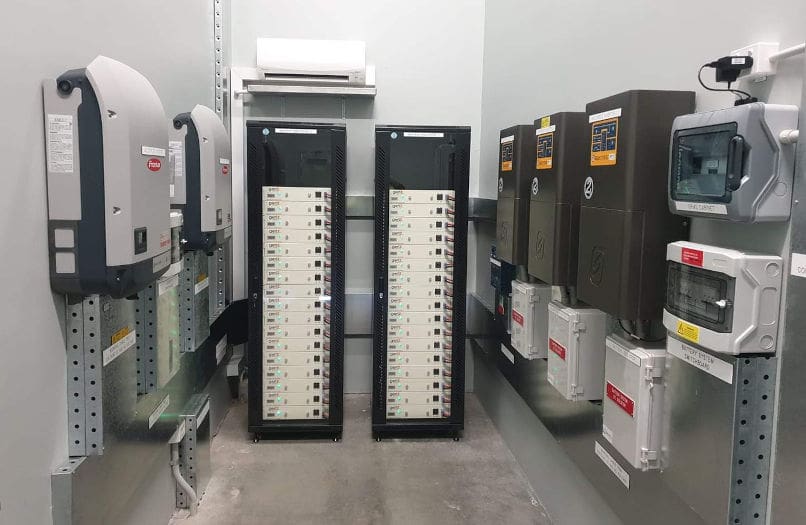
Magnificent Selectronic & Fornius system with GenZ batteries stacked in a “server rack” style enclosure
A Quick Dive into Battery History
Some of the first lead-acid batteries I installed for off grid systems are likely to be nearing the end of their life at 15 years of age. Others may have already been replaced, twice even, if the system was designed for an electrical demand that subsequently increased.
If the electrical demand rose, you couldn’t just add a few two volt cells. The choice was either to double the size of the battery (by putting a second bank in parallel) or buy a larger set, using larger cells. Then, pay the labour to move a couple of tonnes of lead around and hopefully sell the first set to recoup costs.
Many people hesitated to take this step and ended up destroying expensive batteries in the process.
Overworking lead acid batteries drives them into an early grave. In contrast, today’s lithium batteries are much more adaptable.
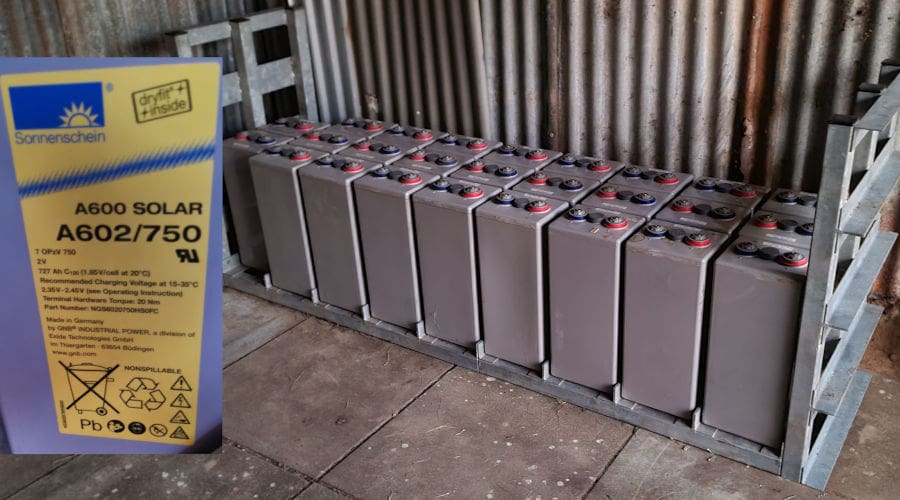
532Ah @ C10 means these lead acid beasties are 39kg and 1.064kWh each. When all the links are connected it’s considered a single 25.5kWh battery weighing nearly a tonne
The Shift to Lithium
Lead-acid batteries perform reliably, they offer the plodding dependability of a harnessed guide dog. In contrast, lithium batteries combine the agility of a whippet with the strength of a police K9, but these dogs have to be kept on a short leash because without proper control, they could be a little risky to themselves and the public.
However, with a Battery Management System (BMS) in place, literally harnessed to every cell, lithium batteries perform exceptionally well.
This precise supervision allows for the use of multiple battery units in parallel, unlike lead batteries that require careful attention to manage just two banks. With lithium, you can employ numerous small units; if one unit fails, the others carry on. This setup offers significant redundancy. Plus, you can expand your battery system gradually.
Modular vs. Monolith Batteries
Monolith Systems:
- Typically weigh over 100kg, requiring at least two people for installation or maintenance.
- Can be stacked if space and budget allow.
- Usually include a single gateway or controller, which saves some expense if you do expand later
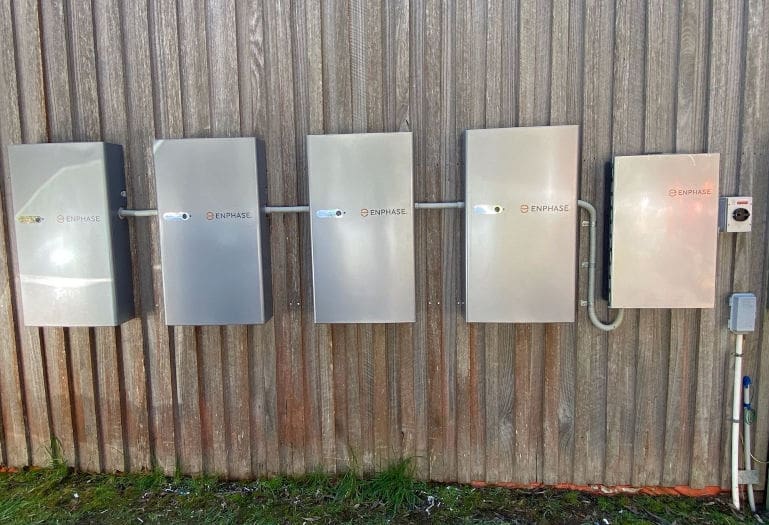
Enphase is a weird medium. Physically imposing like a monolith battery but weighs 66kg and has a modest 5kWh capacity like a modular unit. Arguably the same footprint as Tesla but less than half the capacity. Image Credit: Nigel Charlesworth
Modular Systems:
- Relatively lightweight, stackable units that one person can manage.
- Start with capacities as small as 2 or 3 kWh.
- Allow for incremental capacity and cost increases.
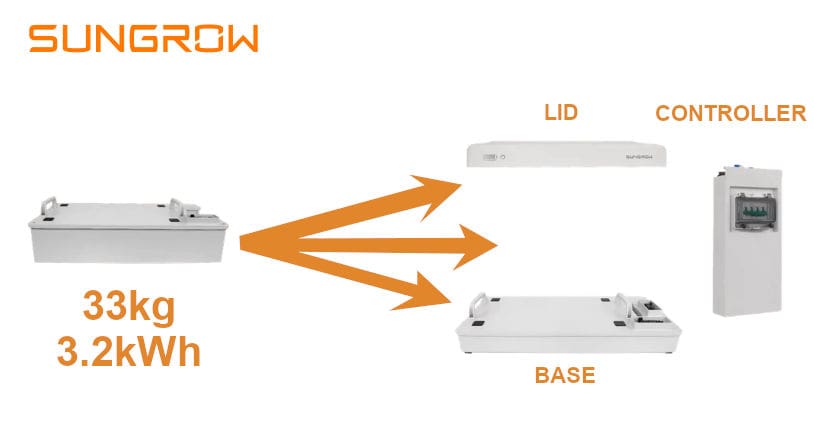
With built in handles, adding batteries is a breeze, but it’s not a DIY job
Finn just shot a video showing how quickly a battery module can be added to a Sungrow stack:
Modular System Traps
Having more redundancy cuts both ways because more connections means more potential points of failure. This is especially true for cheaper batteries with lots of cables to connect. Better units like BYD, Sungrow & Sigen simply plug together automatically when they’re placed in the stack.
While modular systems are versatile, they often require a minimum number of units to function effectively. For instance, the Sungrow SBR can actually be purchased with a “dummy” battery as a spacer to make the hardware designed for three batteries bolt together with only two.
Conversely your system may need several modules to meet peak performance demands. The fine print in many hybrid system brochures will point out that full backup surge capacity requires more than just the minimum sized battery stack.
Some systems allow you to choose the capacity when you buy them, but they’re not expandable after commissioning without affecting warranty.

You’ll need a good installer to translate this
While others, like the BYD B-Box used by Fronius, come in two different flavours. HVS and HVM series cells can’t be mixed and though they are both flexible in building capacity, the HVM can be built into an outright bigger battery.
It pays to know how much you want when you’re finished and how tall the stack will be. Don’t put your batteries directly under the associated inverter because moving things later as the pile grows is a real pain.
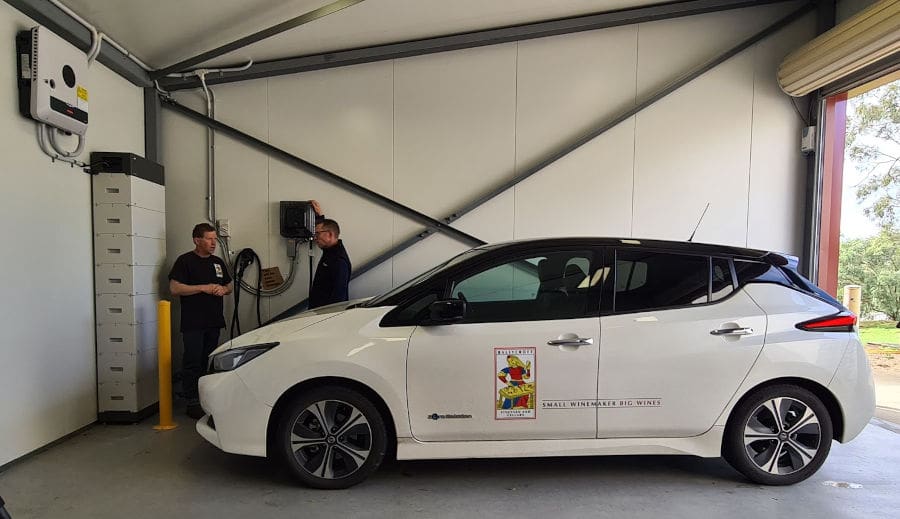
The 8 module 22kWh BYD stack is dwarfed by a 60kWh Nissan Leaf.
Random Samples of Modular Battery System Cost
Monoliths
Powerwall 2
- $12,100 for 13.5kWh usable or $896/kWh
- $10,100 for additional 13.5kWh or $748/kWh
- stackable to 10 units
- AC coupled inverter included (but not a solar inverter)
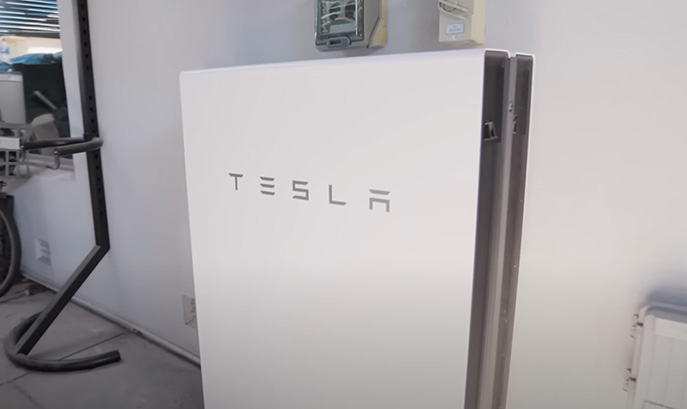
Powerwalls stack together very neatly
Solar Edge Energy Bank Battery
- $13,980 for 10kWh
- $1,398/kWh
- Solar Edge offer many options for inverters

Solar Edge 10kWh battery is a hefty 121kg. image credit Jason Codega
Modular
BYD B-Box Premium HVM Series
- $13,530 for 13.8kWh
- $980/kWh
- Expansion Units
- $2,482 for 2.76kWh
- $899/kWh
- Inverter
- Fronius Primo 5kW Gen24 Plus
- $3835
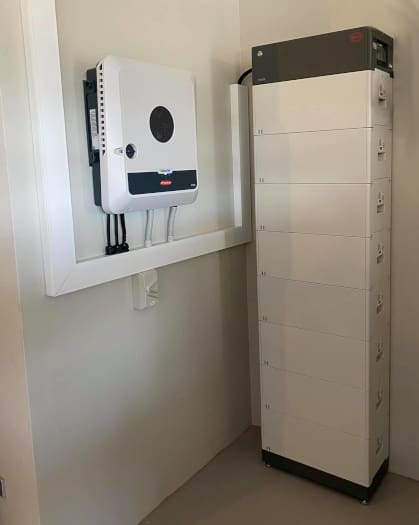
BYD stacks get taller than this so they shouldn’t be put under the inverter. Image credit Jae Taylor
Goodwe High Voltage LYNX F G2 Battery System
- $8,650 for 12.8kWh including control unit
- $676/kWh
- Expansion Units
- $1,863 for 3.27kWh
- $570/kWh
- Inverter
- GoodWe 5kW Single Phase EH PLUS SERIES Solar Hybrid (Activated)
- $2,544
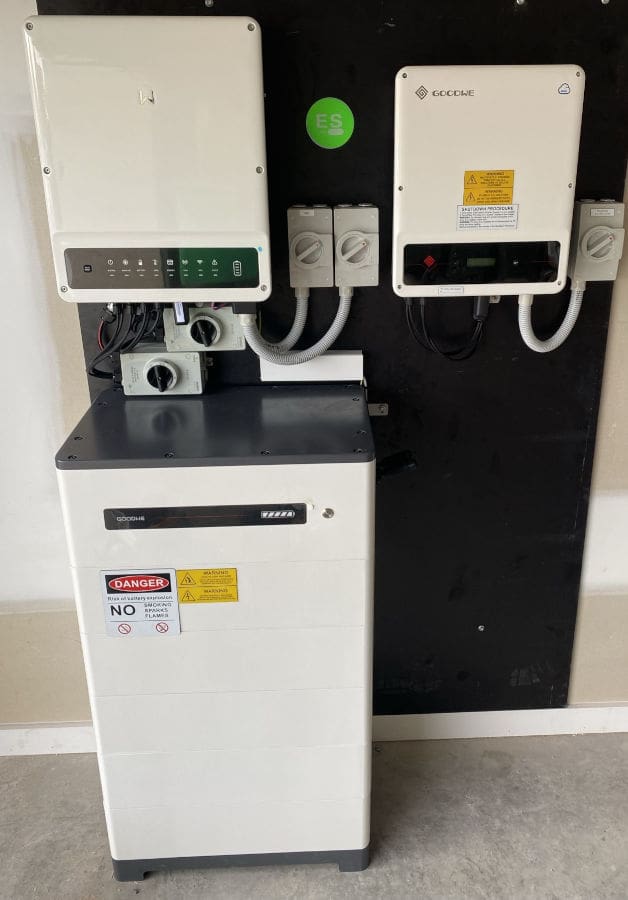
GoodWe 16.38kWh battery with hybrid and standard solar inverters to handle 19.89kW of solar power.
Sungrow SBR Series
- $10,172 for 12.8kWh
- $795/kWh
- Expansion Units
- $2,066 for 3.2kWh
- $645/kWh
- Inverter
- Sungrow SH5.0RS ADA
- $2,887
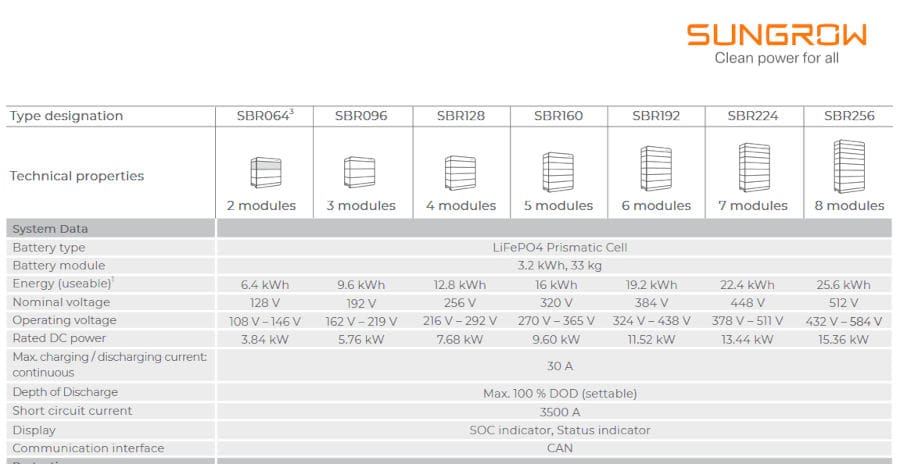
Sungrow SBR can be stacked to 26kW/h AND use parallel stacks for more storage
Embrace the Modular Approach
Modular batteries offer a dynamic solution for those looking to step into the world of solar energy storage gradually. If you’re planning to upgrade your home’s energy system or are new to solar power, consider the flexibility and scalability of modular batteries. If nothing else, they can unlock greater value from your solar by allowing you to bypass the 133% rule.
Start small, think big, and take control of your energy future in bite-sized chunks. SolarQuotes can help find you the right advice and a great installer.
Original Source: https://www.solarquotes.com.au/blog/modular-batteries/

